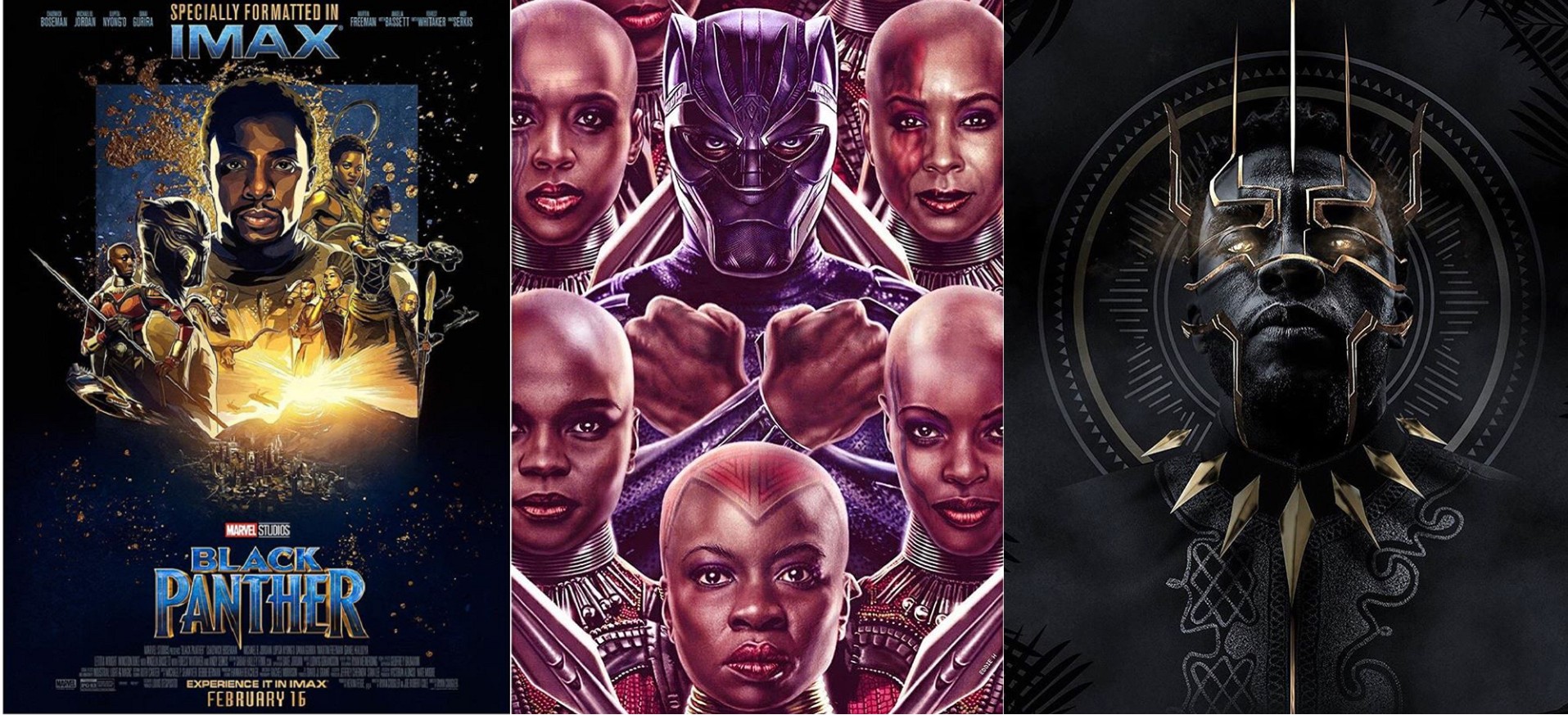MOH MANYANG
Welcome - Bhɨkӑ Ntwoh

Bee's Blog
Bee's
BLOG

Black Panther is the first Marvel Comics movie to be centred around an African superhero. There had been a lot of hype leading up to its premiere mainly because of its predominantly black cast and black director. In addition to these, it was filmed in South Africa, Zambia and Uganda amongst others. It was release in February which is celebrated as Black History Month in the USA. In fact, if you were black this was the movie to watch.
I had never read any of the comics and therefore had never been familiar with the Black Panther character. Having enjoyed watching a few other Marvel movies, I was indeed curious to see how the movie would turn out. I was certainly drawn in by the hype; but how could this movie live up to such grand expectations? There was no need to worry. Not only did I thoroughly enjoy the movie, but I also went about urging family and friends to watch it too.
In this article I present a few factors which reveal the faithfulness of Africa's representation in Black Panther.
Language
In southern Cameroon, there is an ethnic group called Fang Beti and they speak Fang which is common to other ethnic groups in neighbouring countries such as Gabon, the Democratic Republic of Congo, and so on. In Fang, if you want to say ‘We are going home’, you would say ‘Wah-Kuh-Andah’. This is certainly how I felt as I watched the movie and heard the word ‘Wakanda’ spoken out. Although Wakanda is a fictitious place, I was very impressed to hear the actors speaking Xhosa which is one of the official languages of South Africa. Though heavily accented, I could tell that the actors had practiced the language extremely well and I was glad that the directors had chosen not to go for a fictitious language.
Costume
The realistic nature of the costumes and jewellery used is a real credit to the movie’s production designer and costume designer. T’Challa is featured wearing a Kente scarf in one of the scenes taking place in Busan. This fabric is native to the Akan people of Ghana, West Africa. Zuri’s flowing robes, are known as Gandoura in northern and central Africa. Bright blue blankets worn by W’Kabi are native to Lesotho. The Isicholo hat worn by queen Ramonda is a Zulu headdress and Ndebele neck rings worn by the Dora Milaje are native to parts of South Africa and southern Zimbabwe. Such a variety really shows how much effort was made to bring Africa’s diverse culture under one roof.
Women
The women of Wakanda brought an especially warm feeling to my heart. From their natural hairstyles to their fierce nature, they truly did justice to the African woman. I could totally relate to Okoye’s shaved head and Nakia’s short hair, which I sported in secondary school and during school holidays respectively. The Dora Milaje army are also reminiscent of the Dahomey Amazons which were an all-female military regiment of up to 6000 warriors in the Kingdom of Dahomey, present-day Republic of Benin. Although it isn’t clear whether or not the Dora Milaje were modelled after the Dahomey Amazons, it is certainly refreshing to see black women portrayed as fierce and loyal as opposed to the angry black woman stereotype.
Wealth
Talking about stereotypes, it is common practice to see African countries portrayed as starving backward third-world countries led by incompetent dictators which need to be rescued by foreign aid from Europe and the USA. It is true that this is prevalent in some African countries. However, many others are extremely rich in natural resources and quite a few of them are run by great leaders. I was enthralled to see Wakanda being portrayed as a nation thriving off its natural resources and making great technological advancements under the watchful eye of a diligent king.
Rituals
The practice of ancestral worship and spirit animal rituals was common to most parts of Africa before the advent of the Europeans. In fact, to this day, it is still practiced by many ethnic groups. In Cameroon, for example, twenty per cent of the population practice various forms of ancestral worship which is passed down from generation to generation. The movie does a great job bringing this practice to life during T’Challa’s coronation ceremony. His spirit animal becomes the black panther when, after performing certain rituals, he is initiated as King of Wakanda and gains the ability to communicate with his ancestors in the world beyond. This is quite similar to the initiation of chiefs in to the Ekpe secret society which is active in Nigeria, Cameroon and Cuba. Ekpe, which is also known as Leopard, is a mysterious jungle spirit presiding over the society’s ceremonies. Its members are said to act as messengers of the ancestors.
Humour
Not only was the movie steeped in culture, but it was also well laced with humour. I couldn’t help thinking about village elders when the camera zoomed in on T’Challa’s sandal clad feet. Neither could I help thinking about my cousin who actually took her driving test without shoes, when Nakia was shown driving bare footed while in Busan. The funniest scene to me was the one where M’baku threatens to feed Everret to his children. It might seem odd that an African tribe is vegetarian because most Africans today, including myself, are meat lovers. As a matter of fact, I don’t think there is a single vegetarian restaurant in Cameroon. However, unbeknownst to many, there are quite a few African tribes which are largely vegetarian. For example, the Dinkas of Sudan eat lots of grain and sea food while the Kikuyus of Kenya eat lots of grain, tubers and insects.
Conclusion
All in all, the movie did a great job of representing the diversity of the African continent and presenting positive role models for future generations. Hopefully this movie will only be the beginning of many more of such to come.
Want to read more write ups like this? Click Here



